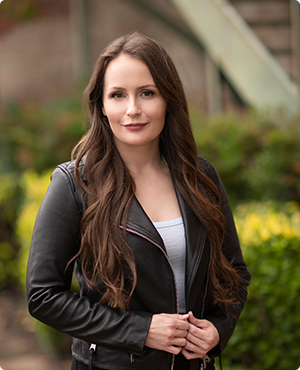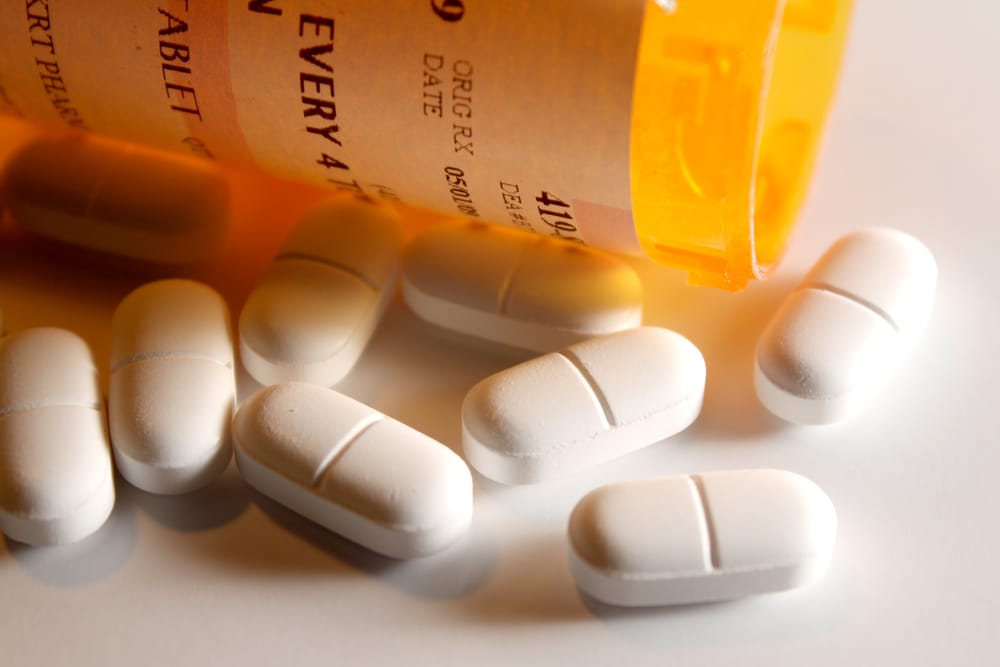Addiction Treatment
How is Vicodin Prescribed?

Written By:

Table of Contents
Vicodin is a blend of hydrocodone, which is an opiate pain-killer, and acetaminophen, which is the over-the-counter analgesic medication in Tylenol. A physician will prescribe Vicodin for post-surgical pain management, or to control pain associated with traumatic injuries. Like all opiate products, Vicodin can be extremely addictive. The U.S Drug Enforcement Agency recently reclassified Vicodin as a Schedule II drug. Among other tighter restrictions, this reclassification prevents a physician from renewing a Vicodin prescription without an in-person consultation with the patient who is taking it. Previously, physicians were authorized to renew Vicodin prescriptions with only a telephone consultation.
Vicodin Prescriptions
Vicodin is a relatively inexpensive pain treatment in both its brand name and generic forms. It is available in dosages that include either 5, 7.5, or 10 mg of hydrocodone and corresponding levels of acetaminophen. Apart from the risk of opiate addiction posed by Vicodin, its acetaminophen content can cause liver damage when Vicodin is used over an extended period of time. Notwithstanding these risks, Vicodin’s low price and its effectiveness made it a very popular option for pain control. Vicodin remains effective for up to six hours after it is taken, and most patients who rely on Vicodin for pain control take it four times per day. A sure-fire sign of addiction and physical dependence is when a patient begins taking Vicodin more than once every six hours, or when he takes a larger dose of Vicodin than prescribed. Prior to its reclassification as a Schedule II drug, physicians routinely prescribed Vicodin for pain management with few concerns over its addictive properties. People who were using Vicodin legitimately and pursuant to a physician’s prescription reported feelings of euphoria from the drug, which is typical for opiate-derived products. These reports pushed Vicodin in to the realm of recreational drugs. Patients had been able to refill Vicodin prescriptions more easily prior to the fall of 2014, when it was still classified as a Schedule III drug and an in-person physician consultation was not required for a prescription refill. Some patients stockpiled the drug and shared it with friends.Many patients who had legitimate Vicodin prescriptions found themselves addicted to Vicodin. They would experience strong cravings for the drug and as their addiction grew into physical dependence, they would experience physical symptoms commonly associated with opiate withdrawal, including fever, nausea, extreme aches and pains, and in more severe cases seizures and physical trauma. The U.S. Drug Enforcement Agency and the federal government provide the overall guidance for how Vicodin is prescribed, but individual state monitoring programs are at the front lines of stopping prescription opiate addiction. Various state-run programs have been enacted to track pain-killer prescriptions and to close medical clinics that have been identified as “pill mills”, where prescriptions for drugs like Vicodin are easy to obtain.
Vicodin addiction can lead to deeper opiate dependence and abuse, including heroin addiction. If you are concerned with your prescription or recreational use of Vicodin, please call the Last Resort Recovery Center near Austin, Texas, at 512-360-3600.
We can give you more information about how the drug may be affecting you and whether you should consider treatment options to stop using Vicodin before your use grows into a hard-to-control addiction.
